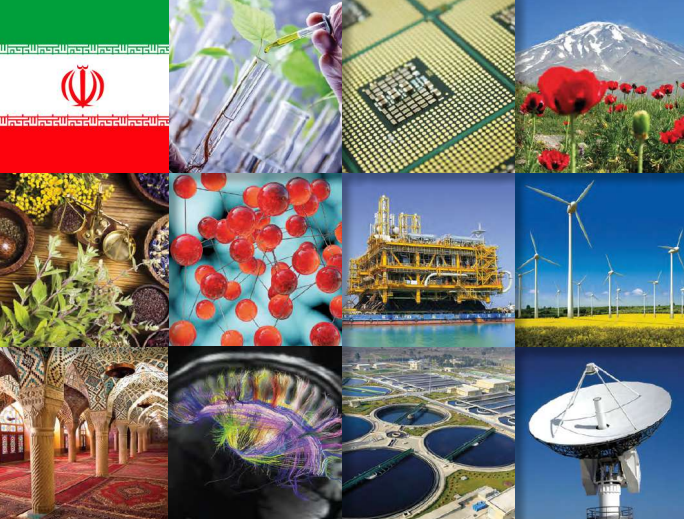Science, Technology and Innovation in Iran: A Brief Review 2023
The year 2010 was a turning point for science, technology and innovation (STI) policy in Iran. Up until this point, the emphasis had been on developing higher education and increasing the number of academic publications (1990–2000), followed by support for emerging technologies, (2000–2010). The main result of this first generation of STI policies was greater academic productivity in emerging technologies, in particular, coupled with the creation of the first science and technology parks.

Trends in Science Governance: A new generation of STI policies
The year 2010 was a turning point for science, technology and innovation (STI) policy in Iran. Up until this point, the emphasis had been on developing higher education and increasing the number of academic publications (1990–2000), followed by support for emerging technologies (2000–2010). The main result of this first generation of STI policies was greater academic productivity in emerging technologies, in particular, coupled with the creation of the first science and technology parks.
The founding of the Nanotechnology Initiative Council (2002) was a landmark of this period. These years also saw the adoption of the Competition Act (2007), followed by the establishment of the Competition Council in 2009 to serve as the main pillar of the law’s implementation in the marketplace. The second generation of STI policies dates from 2010 when the Vice-Presidency for Science and Technology drafted a bill that was subsequently enacted by parliament as the Law on Support for Knowledge-based Institutions and Companies and Commercialization of Innovation and Inventions (2011).
This explicit focus on the knowledge economy was a first for Iran. The National Innovation Fund was a practical expression of this law. Initially, the aim was to support university spin-offs but this support has gradually expanded to encompass tech-based startups and some eligible large enterprises such as CinnaGen or PersisGen, which are privately owned. The third generation of STI policies dates from 2015 when parliament gave another boost to entrepreneurship and innovation through the Law on Removing Barriers to Competitive Production and Enhancing the Financial System. It is this law which led to the first innovation centers and accelerators in 2015. This law was followed by the Local Content Requirement Policy (2016). It introduced a clause requiring international agreements and major national projects to ‘include local technology and training.’ This clause is now being implemented in national projects. Another milestone has been the Law on the Expansion of Nanotech Utilization 2025 (2017).
This law established a ten-year plan for transitioning from the stage of knowledge creation (technology push) to that of market expansion through the diffusion of nanotechnology in local industry and society (demand pull). Notable in 2019 was the attempt to modernize public procurement procedures to leverage higher levels of local production, through the Law on Maximizing the Use of Local Capacity for Production and Services to address National Needs and Consolidate these Capacities to Enhance Exports.
Iran’s judiciary established the Special Council for Dispute Resolution of Knowledge-based Companies and Elites in January 2020. It is based in Pardis Technology Park. A second council has been set up to address the legal problems faced by digital businesses. For this third generation of STI policies, the Vice-Presidency for Science and Technology has shifted from a national innovation system approach, whereby government actors are the focal points of innovation, to developing an innovation ecosystem approach, whereby hubs of knowledge-based enterprises and tech-based start-ups are given support and their innovative capacity is linked to addressing national and industrial needs.

Write your comment.